Five Before Five: Rei Inamoto Takes Us Back to Tokyo
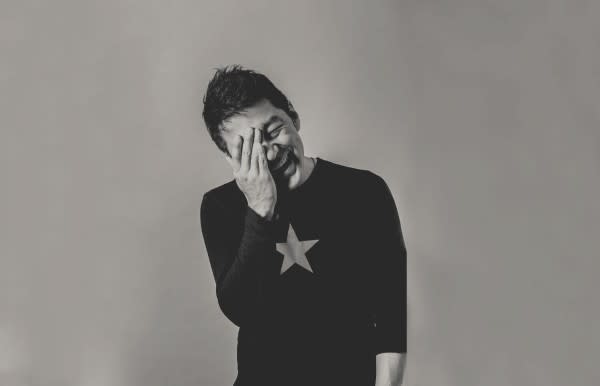
Rei Inamoto is no stranger to creative innovation.
The former worldwide Chief Creative Officer for AKQA spent the better half of 11 years at the agency dreaming up award-winning concepts and projects that safely secured him as one of the leading figures in adland. When you look back at some of his most lauded work, you'll find a lot of it doesn't even look or feel like advertising. For Inamoto, design reigns supreme which is why a lot of his projects transcend disciplines and push boundaries, creating unique products and experiences.
Earlier this year, Inamoto joined forces with former AKQA New York Managing Director, Rem Reynolds to open new business invention studio - Inamoto & Co; a place dedicated to creating 'tools with heart for the connected world'.
In this exciting time of growth (Rei & team are just about to move into their new Brooklyn office) we asked Rei to take it right back to his heart; his homeland - Japan. Here he shares the top five Japanese designers that had a profound impact on his life.
1. Miss Blanche chair by Shiro Kuramata
My father started a wood furniture company when I was young and our household was filled with design, architecture and furniture books. I must have been in my early teen years when I was introduced to Shiro Kuramata's design. Even to the innocent, clueless young boy that I was, his work spoke to me.
This particular chair made a strong impression. I loved the idea of a utility object like a chair being an art object at the same time. All of his designs seemed so fresh yet timeless - even to this day, almost 30 years after its inception.
"I loved the idea of a utility object like a chair being an art object at the same time".
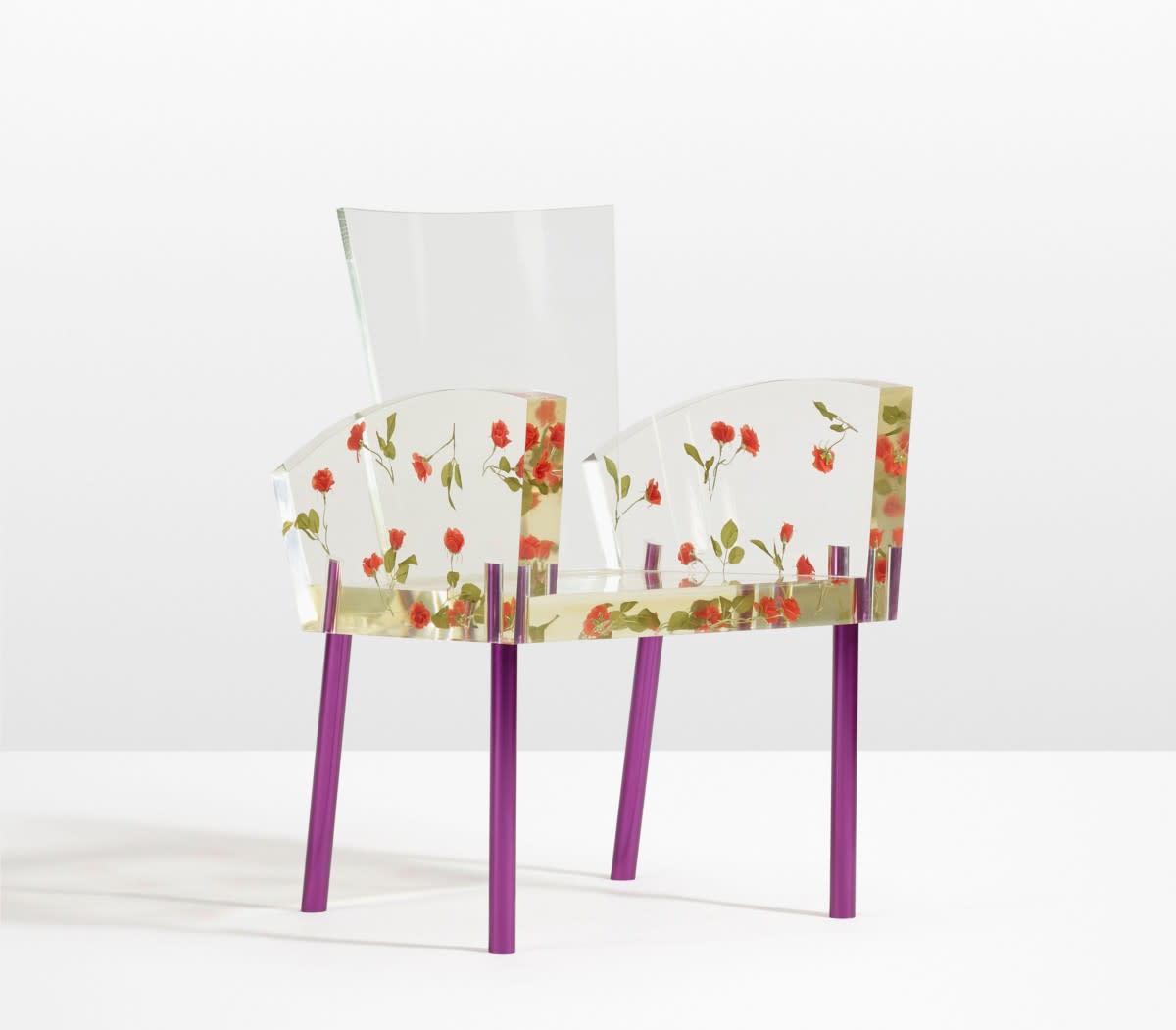
2. Taian Tea House by Sen no Rikyu
Sen no Rikyu is one of the central figures in Japanese cultural history - because of his vision on the “Way of the Tea” and “wabi-sabi.” He’s also considered to be the first Creative Director in Japan in the sixteenth century, establishing drinking a cup of tea as a ceremonial ritual and meticulously crafted its every aspect - from the teacup and the equipment, to the house in which to hold the ceremony and the ceremony itself.
Taian Teahouse is a garden house constructed purely for holding a tea ceremony. The tea room itself is only 180cm x 180cm. Within this tiny confinement, it is said that the entire universe is spiritually represented.
It's this juxtaposition of form, function and poetry that intrigued me deeply - something that the world needs more of.
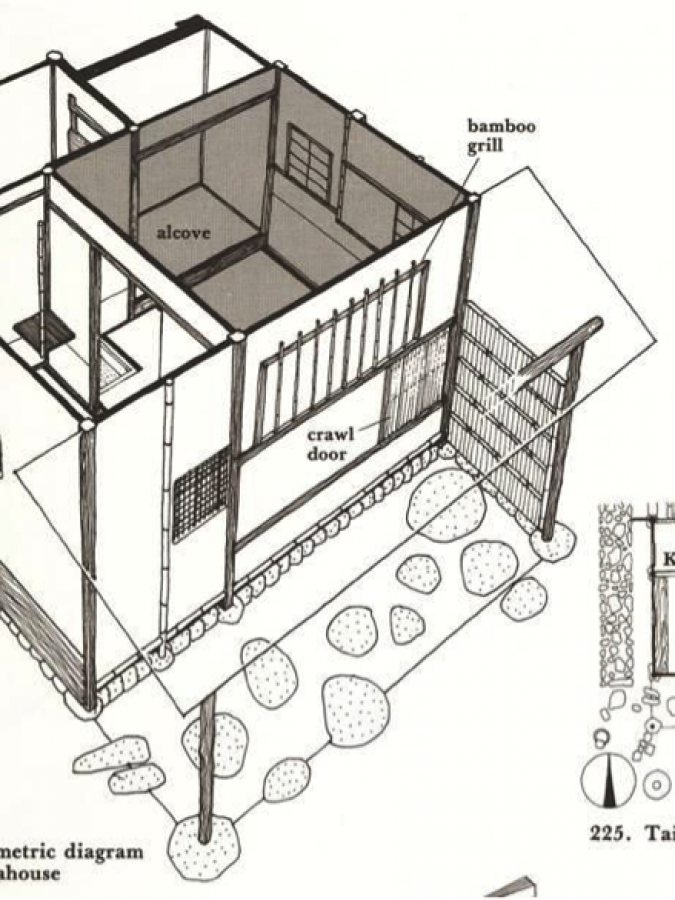

3. Graphic Design for Tokyo Olympics 1964 by Yusaku Kamekura
It was the 1964 Summer Olympics in Tokyo that marked the triumphal return of Japan to the world scene after the demise of the country due to the World War II. There are many iconic and legendary design contributions in art, architecture, product design and graphic design around 1964.
It was in the 90’s that I’d come across Yusaku Kamekura’s work for the Tokyo Olympics - particularly the logo design and the powerful posters he created. Apparently, this was the first time photography was used for an Olympics poster. During the photo shoot, Kamekura himself chose not to be there so that he could remain objective when he saw the developed film. This shows that he had the vision, ability to choose and direct the team appropriately as well as trust and conviction. This poster is what made me instinctively understand the power of Graphic Design.
I wonder if 2020 Tokyo Olympics will have the same level of inspiration for the next generation?
"This poster is what made me instinctively understand the power of Graphic Design".
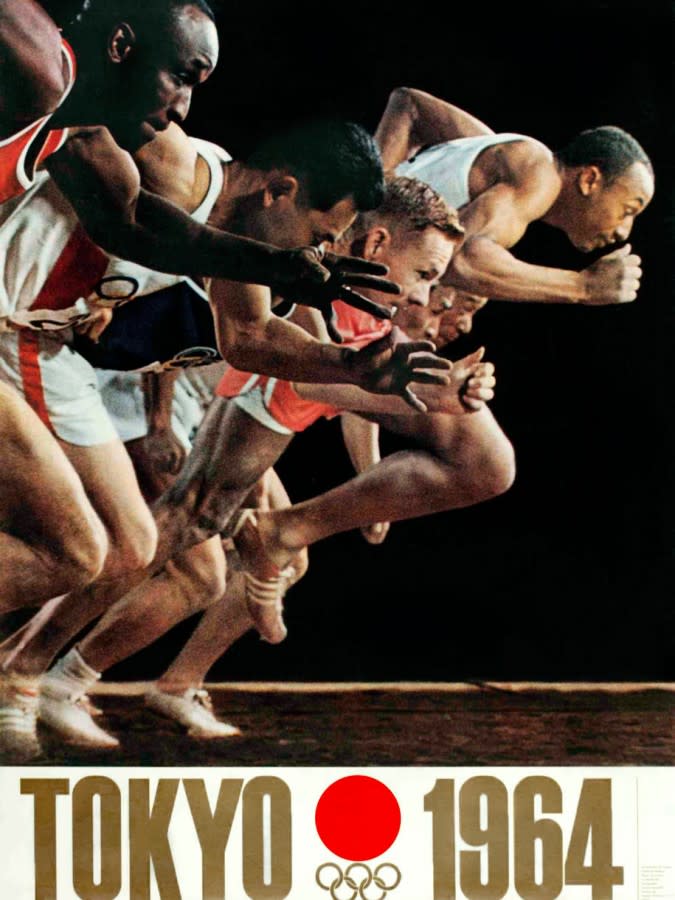
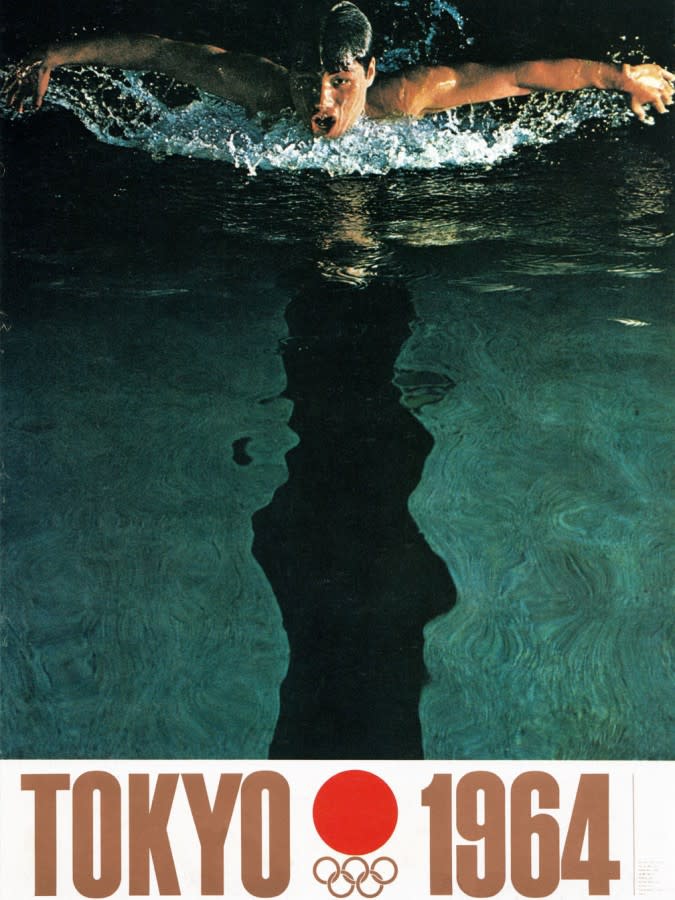
4. Costume design for film “Bram Stoker’s Dracula” by Eiko Ishioka
Eiko Ishioka is one of the badasses of Japanese Design of the last 50 years.
I was still a student when I saw “Bram Stoker’s Dracula” (1992) and it’s the costumes that I remember the most. It made me realize that fear and beauty can coexist in design; it’s the tension of the contradicting, opposite forces that can create something so visceral, something that can raise the hair on your neck.
Professional Japan is still a very male dominated world. She was kicking ass as a young female designer starting in 1961, making her probably the baddest-ass of all Japanese designers of all time, male or female.
"She was kicking ass as a young female designer starting in 1961, making her probably the baddest-ass of all Japanese designers of all time".
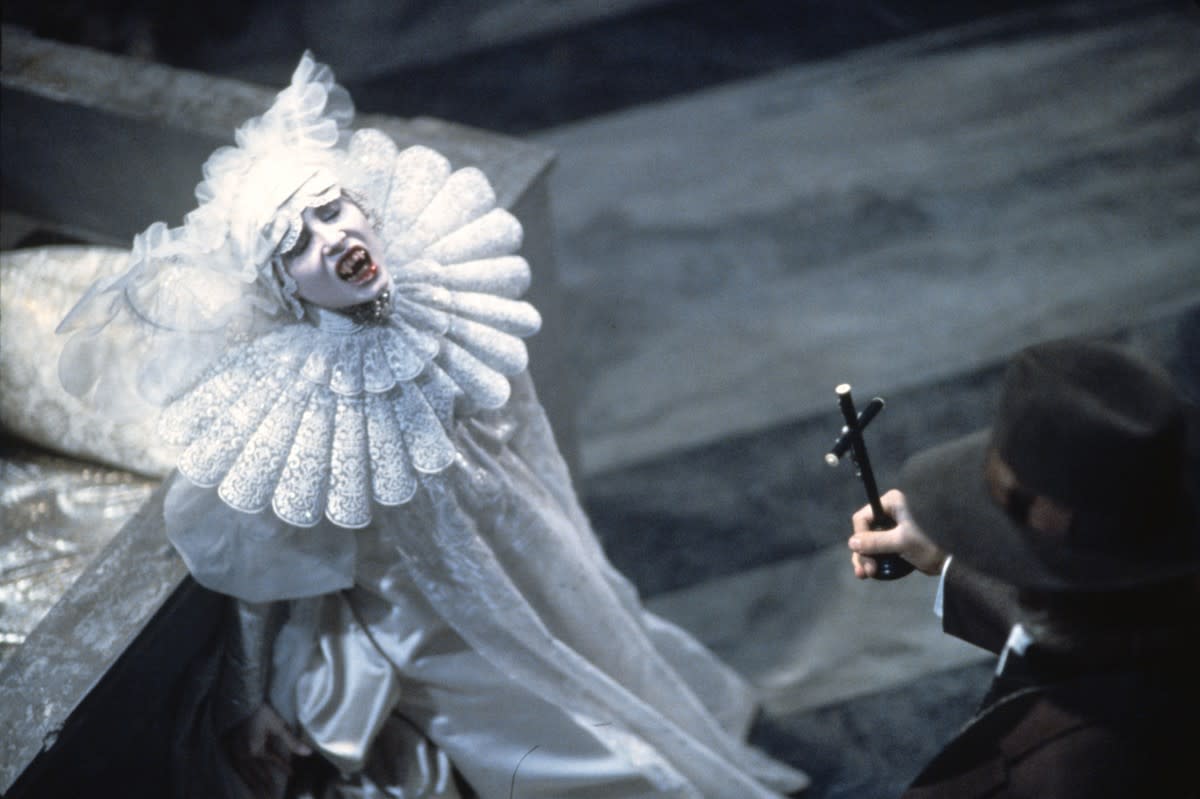
5. Food by Chef Yoshihiro Narisawa
Chefs may not be considered designers but they certainly are amazingly creative and design all aspects of a meal they serve. The concept of Yoshihiro Narisawa’s culinary approach is brutally simple: bring nature to a plate. His restaurant is now ranked #8 in the world.
One of the dishes that put Chef Narisawa on the map of the international culinary scene is Soil Soup. As the name suggests, it’s a soup made of soil as well as a few ingredients from nature.
When you visit his restaurant, with every plate, you taste and enjoy nature. Every bite gives you a sensation you’ve never felt, yet it's so familiar.